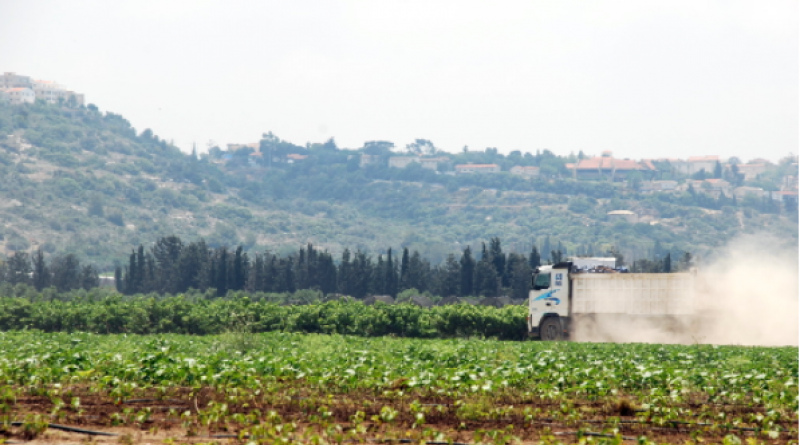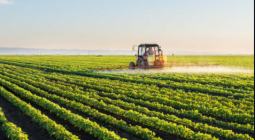Novel technologies could reduce agriculture emissions by 70%.

From better use of fertilizers to soil management, farming measures can go a long way.
A combination of innovations in digital agriculture, crop and microbial genetics, and electrification could bring down emissions from agriculture by up to 70% in the next 15 years, according to a new study. It’s a win-win situation — these technologies are already available and could help agriculture decarbonize while increasing resilience, profits, and productivity.
Agriculture is a difficult topic to tackle. On one hand, it has to keep up with the growing demand for food from a growing population, but on the other hand, it contributes to about a quarter of our total emissions. And the emissions have to go down if we want to avoid catastrophic climate change.
Agricultural activities from crops to livestock production contribute to emissions in several ways. Management practices on soils can lead to increased availability of nitrogen, resulting in emissions of nitrous oxide. Livestock, especially ruminants produce methane as part of their digesting process known as enteric fermentation. Cars and other equipment used for farming also produce emissions.
In a new study, researchers from the United States Department of Energy’s Argonne National Laboratory identified a set of technologies and agricultural practices that could significantly reduce greenhouse gas emissions. They grouped them under three phases and used a model to simulate adoption on grain production in the US.
“Our study emphasizes the importance of a two-pronged approach—reducing farming emissions and maximizing soil carbon storage—to addressing the climate crisis through agriculture,” Dan Northrup, lead author of the study, said in a statement. “Developing and broadly applying emission reduction technologies, including seed genetics, is critical to achieving net negative production.”
The initial step focuses on reducing chemical use, mainly nitrogen fertilizer. Improving the timing, placement, and formulation of the fertilizers using commercially available nitrogen fertilizer additives can reduce emissions by delaying nitrate delivery to the roots and increasing plan nitrogen uptake, according to the researchers. Simply put, the whole process can be made more efficient — not necessarily sustainable, but definitely better.
Phase two then focuses on replacing current technology with near-mature low-emission alternatives. They are substitutes for current tools that now have low barriers of adoption. Implementing them would reduce emissions by 41%. This includes crop genetics for improved nitrogen use efficacy and electrification of farming operations.
Finally, phase three includes a complete system redesign of agricultural practices for emission reduction and soil carbon storage. This means using fewer chemicals and novel inputs such as locally producer and low concentration fertilizers as well as adopting soil health and carbon sequestration practices such as cover crops and no-till.
While this production system would be difficult to adopt today, years of transition, preparation for these tools, ecosystem service payments, and sector interest will make adoption significantly easier, the researchers argue. Substantial and ongoing technical innovation is required as well as confidence from farmers to adopt them soon.
“Every field is unique and individualized emission reduction plans will be needed that optimize the combination of technologies. The need for an individualized plan highlights a significant social barrier to adoption of new technology. Producers will need information to adopt new practices,” the researchers wrote.
22 June 2021
ZME SCIENCE





